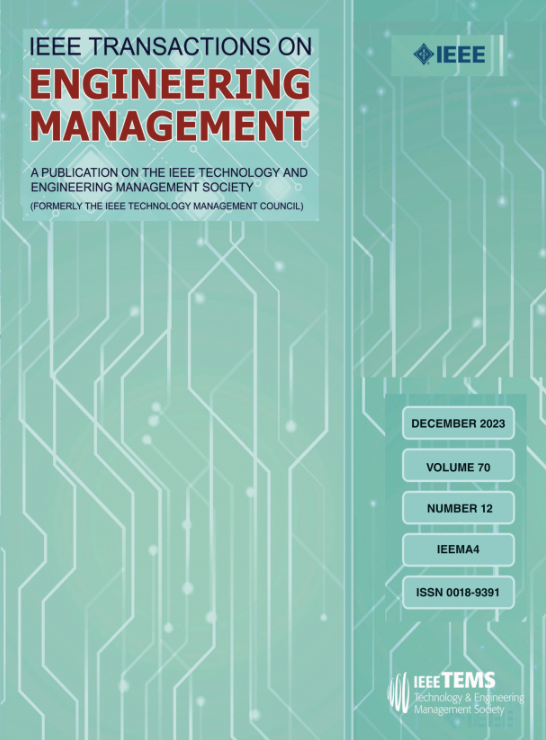双寡头市场中互联网内容提供商的最优混合定价方案
IF 4.6
3区 管理学
Q1 BUSINESS
引用次数: 0
摘要
通过提供订阅和广告支持的内容选项,互联网内容提供商(icp)可以从市场的两个方面获利,从无广告内容的订阅者和针对免费用户的广告商那里获得收入。这种混合收益模式针对两个用户群体:订阅用户和混合定价方案中的免费用户。本文研究了两个相互竞争的互联网服务提供商的均衡定价策略,考察了包括订阅竞争、用户价格敏感性、广告强度和独立价值差异在内的市场特征对用户内容选择的影响,以及订阅和广告利润之间的相互作用。我们发现,随着订阅竞争的减少,提供更大独立价值的ICP可以通过提高订阅费用来获得更高的订阅利润,特别是当广告强度、用户的价格敏感性和独立价值差异相对较小时。然而,当独立价值差异显著时,独立价值较低的ICP可以通过提高订阅费用来产生更高的订阅利润,因为用户从其竞争对手转向价格较低的选项。在较低的订阅竞争(或较高的用户价格敏感性)的背景下,icp可以降低广告价格,因为一些订户转化为免费用户,利用广告商方面的网络效应来吸引更多的广告商,提高他们的总利润。相比之下,icp可以通过更高的广告强度来提高广告价格,而免费用户向订户的转化降低了他们对广告商的需求,特别是在相对较强的广告商侧网络效应下,这使得icp更加关注订阅细分市场。本文章由计算机程序翻译,如有差异,请以英文原文为准。
Optimal Hybrid Pricing Scheme of Internet Content Providers in a Duopoly Market
By offering both subscription and ad-supported content options, Internet content providers (ICPs) can monetize both sides of the market, generating revenue from subscribers for ad-free content and from advertisers targeting free users. This hybrid revenue model targets two user segments: subscribers and free users in the hybrid pricing scheme. This article investigates the equilibrium pricing strategies of two competing ICPs, examining the impacts of market characteristics, including subscription competition, users’ price sensitivity, advertising intensity, and the standalone-value difference, on users’ content choices and the interaction between subscription and advertising profits. We find that as subscription competition decreases, the ICP offering a greater standalone value can achieve a higher subscription profit by raising its subscription fee, especially when advertising intensity, users’ price sensitivity, and the standalone-value difference are relatively small. However, when the standalone-value difference is significant, the ICP with a lower standalone value can generate a higher subscription profit by raising its subscription fee, as subscribers switch from its rival to the lowerpriced option. In the context of lower subscription competition (or higher users’ price sensitivity), ICPs can reduce their advertising prices as some subscribers convert to free users, leveraging advertiser-side network effects to attract more advertisers and boost their total profits. In contrast, ICPs can raise their advertising prices with higher advertising intensity, while the conversion of free users to subscribers reduces their advertiser demands, particularly under relatively strong advertiser-side network effects, leading ICPs to focus more on the subscription segment.
求助全文
通过发布文献求助,成功后即可免费获取论文全文。
去求助
来源期刊

IEEE Transactions on Engineering Management
管理科学-工程:工业
CiteScore
10.30
自引率
19.00%
发文量
604
审稿时长
5.3 months
期刊介绍:
Management of technical functions such as research, development, and engineering in industry, government, university, and other settings. Emphasis is on studies carried on within an organization to help in decision making or policy formation for RD&E.
 求助内容:
求助内容: 应助结果提醒方式:
应助结果提醒方式:


